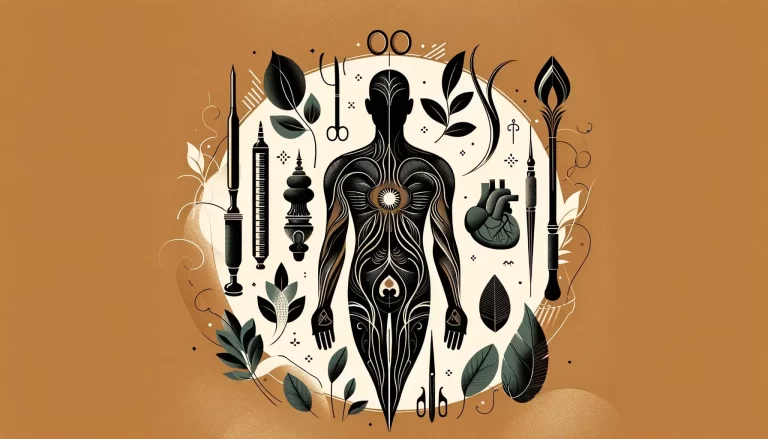✉️ contact@ayuschool.com
Ayurveda is an intricate medical system that has evolved over thousands of years. Its foundational principles are codified in classical Sanskrit texts like Charaka Samhita and Sushruta Samhita. For modern students and practitioners, correctly grasping the depth and nuances of Ayurvedic concepts can be challenging. The ancient language, cultural differences and metaphysical aspects create barriers. Developing an optimal methodology to study Ayurveda is crucial. This article proposes a structured multi-disciplinary approach combining language study, logic, science and experiential learning.
The Problem of Transmission
A fundamental problem in studying Ayurveda is that the foundational texts were composed in Sanskrit, because of its ability to convey profound ideas succinctly in coded sutras. However, this creates comprehension difficulties:
- Complex compositional styles like poetic meter make Sanskrit texts tough to unpack.
- Understanding sutras requires familiarity with context and commentaries.
- Concepts are precisely defined through compound words absent in other languages.
- Linguistic devices like similes and analogies are often culture-specific.
- Sanskrit words have multiple meanings derived through morphology.
English translations, when available, are inconsistent or inadequate. Modern books simplify concepts excessively. Students must navigate these linguistic barriers while also overcoming the cultural unfamiliarity of a medical system founded long ago in the Indian subcontinent.
Bridging the Transmission Gap
To ameliorate transmission problems, a structured methodology is proposed:
- Learn Sanskrit Basics: A working knowledge of Sanskrit grammar, key terminology and common linguistic devices facilitates comprehending source material directly. Students must take Sanskrit primer classes covering essential foundations.
- Study Logic and Epistemology: Ayurveda extensively uses Indian systems of logic, including the “six schools of philosophy”. Studying fundamentals of logic helps unpack complex principles and arguments. Students should cover an introductory logic curriculum.
- Understand Modern Science: Ayurveda’s empirical observations are articulated through theories of elemental energetics. But the concepts map to biological entities when analyzed carefully. Developing familiarity with modern physiology, biochemistry and other biomedical sciences enables drawing constructive parallels.
- Do Comparative Analysis: Comparing Ayurvedic principles side-by-side with biomedical sciences illuminates congruencies and provides grounding. For instance, the tridosha theory can be studied alongside neuroendocrine regulation. Scientific knowledge should be interfaced with Ayurvedic theories to derive coherent explanations.
- Engage in Experiential Learning: Ayurveda places great emphasis on direct perception (pratyaksha) as a source of knowledge. Experiencing therapies like panchakarma first-hand provides insights difficult to gain through textual study alone. Equally importantly, preparing and tasting Ayurvedic medicines and foods aids understanding.
- Develop Symbolic Frameworks: Concept maps, diagrams and visual tools aid comprehension of abstract theories and their interrelationships in Ayurveda. For example, illustrating the connections between doshas, dhatus, agnis etc. through a flowchart makes the human system model more graspable. Students should regularly employ visual thinking tools.
- Have Questioning Dialogue: The traditional Gurukula system encouraged questioning by disciples to resolve doubts. In the same spirit, students must continuously and actively inquire into concepts through discussions with teachers and peers to unravel nuances. Jnana yogas recommend dialogue as the path to deeper knowing.
- Undertake Practical Applications: Opportunities to apply Ayurvedic principles in real-life through internships, workshops and self-care allow experiential validation and reinforce learning. For instance, internships at Ayurvedic hospitals, clinics and pharmacies provide invaluable learning opportunities that classroom teaching cannot equal.
Conclusion:
Proficiently navigating Ayurveda’s elaborate theoretical framework poses difficulties for modern students due to language, antiquity and cultural distance. This article outlines a methodology combining multifaceted disciplines—from philology, epistemology and science to experiential learning—that can enable deeper and clearer understanding of Ayurvedic concepts. It provides a blueprint for constructing a complete methodology from complementary approaches that together bridge the transmission gap and make Ayurveda’s universal principles accessible and applicable.




